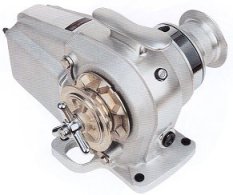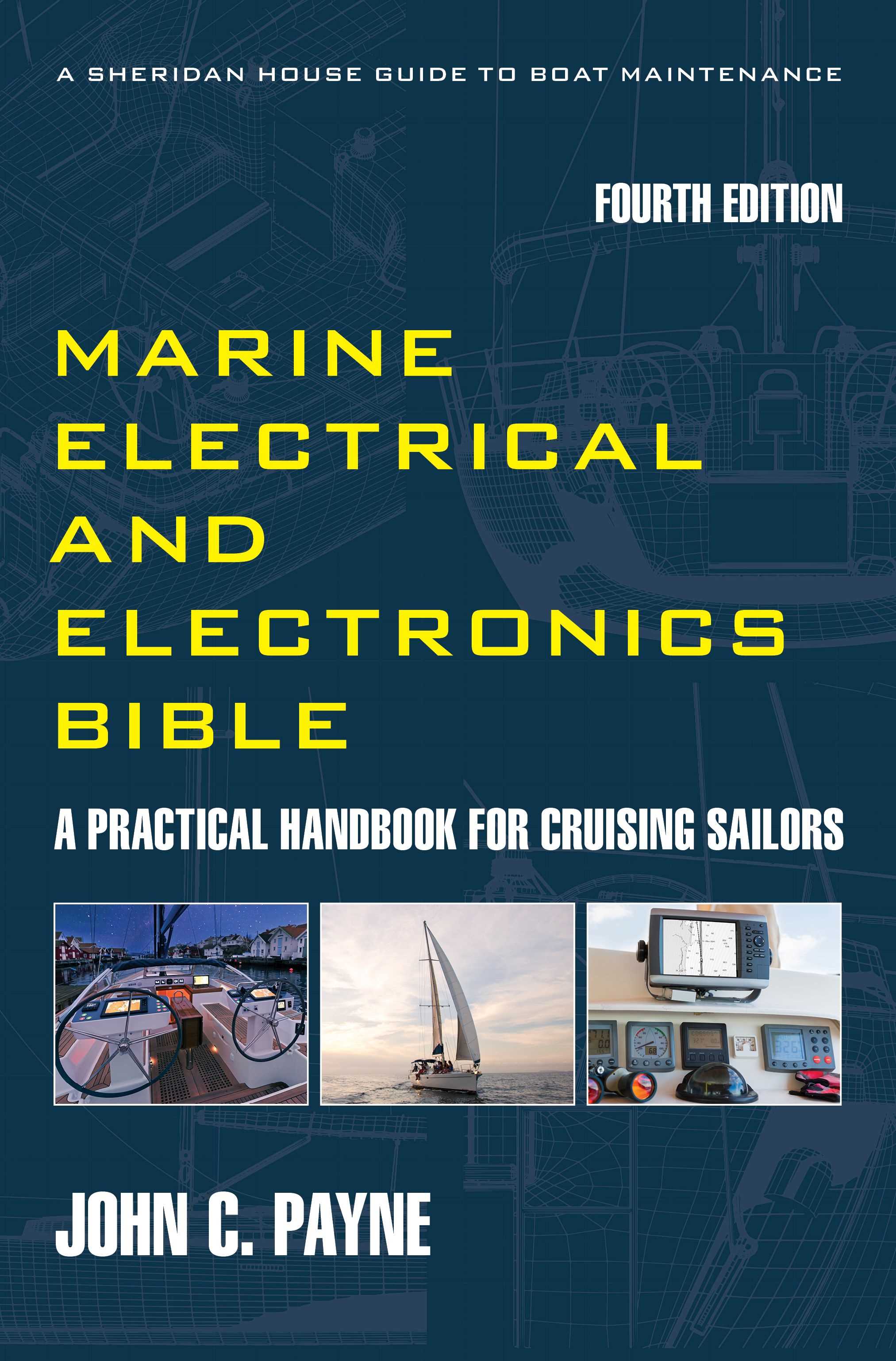The Yacht Anchor Windlass
The yacht anchor windlass. After my last cruise I didn't realize how much I would miss the electric anchor windlass. It was all serious hard work and lots of serious manual exercise either using the double action ratchet systems or resorting to hand over hand pulling in anchor chain when I was in a hurry to get the anchor in. Not an ideal situation and one I am remedying with an electric windlass.
For myself the boat anchor windlass has a level of importance way up there with the sails, rig and engine and it's right up there now on my list of things that must be good on the new boat.
It is however crucial that a yacht anchor windlass be properly selected and installed, and in my experience they are rarely maintained properly and subsequently many fail to get the performance they should.
If you have just put your boat up for sale sign up, making sure the anchor windlass is in good condition helps to sell the boat, if it doesn't a prospective buyer sees big dollar signs to repair or replace it.
The 4th Edition of the Marine Electrical Electronics Bible Get your copy and start becoming self sufficient and save money on expensive technician callouts.Which Yacht Anchor Windlass?
If you are replacing a well worn yacht anchor windlass unit, or upgrading from a manual windlass unit there are many points that must be considered. It is a good time to review your whole ground tackle anchor arrangement, and your boat anchor techniques.
The principal selection criteria are the type of rode, rope and chain or all chain; the length and weight of anchor rode; the anchor weight; the boat size and the displacement.
Then comes the choice of horizontal or vertical windlass, which are then related to available space and the boat anchor chain fall. The minimum yacht anchor winch capacity is derived from the following formula after working out the chain weight or chain/rope weight from the table for your vessel size.
The x3 factor covers windage, tidal current and a safety margin.
Windlass Capacity = (Anchor Weight + Chain Weight) x 3
Most yacht anchor windlass manufacturers have useful charts to assist in selecting the right unit, and many prudently add in a safety margin of 15- 25%. If you are lucky that boat you intend buying has all the information still on board. In fact, most boat specifications rarely give boat anchor type and weight, or rode type and length recommendations so make sure you check.
Vertical yacht anchor windlasses have the motor located below the deck, and horizontal ones everything is above deck. Vertical yacht anchor windlass units take up less space on deck, although they can impinge on the below decks space.
The electric motor is protected, however access isn't always easy. They do allow the anchor rode to come in at a range of angles. Horizontal units must have the rode properly aligned if jamming is to be avoided. It is really important to ensure that the chain lead in angles are correct.
Yacht Anchor Windlass Safety
A boat anchor windlass is not designed to take the entire load when riding to anchor. This is especially true in large swells or heavy conditions, and you can damage the gearbox with heavy shock loads.
A windlass is not designed to take the surge and snatch loads when riding to anchor or when veering in large swells or heavy conditions. This is something I have experienced myself. As a safety precaution, always transfer the load to a bollard or kingpost using a nylon rope snubber. There are cautions about the use of snubbers, and once I thought that the foredeck would tear out, such are pressures applied to kingposts and other structures. Some folk choose deploy double snubbers. Chain stoppers do a similar task; however, they must be mounted on a reinforced deck area to absorb the shock loading that would be applied to the windlass. Some have stainless-steel chain hooks, grippers, and grabs with nylon tails attached.
As a safety precaution always transfer the load to a bollard or load bearing point using a rope snubber or use the chain stopper. It is worth checking how solid a base the boat anchor windlass is mounted on, I was horrified to see how much stressing the foredeck suffered on one of my boats.
Installed at the anchor end between rode and anchor, rode swivels need to be in good working order. They are often neglected and either seize up or fail. There is much controversy about using or not using them. Their primary purpose is to prevent twisting of the rode when the anchor is set. Some use simple galvanized units; others, the more expensive stainless-steel units. Use a good swivel between anchor and chain, so that the anchor rolls and comes neatly into the stem-head fitting. One thing I look at with every boat is signs of stressing on the deck area under a windlass, if its stressed or fatigued the chances are the yacht anchor windlass has sustained some hard stress too.
Part 2 of this 4 Part Series on the Yacht Anchor Windlass covers in detail the correct installation of a boat anchor windlass. Click on this link to read PART 2 Anchor Windlass and all you need to know. Install an electric boat anchor windlass to your boat.

